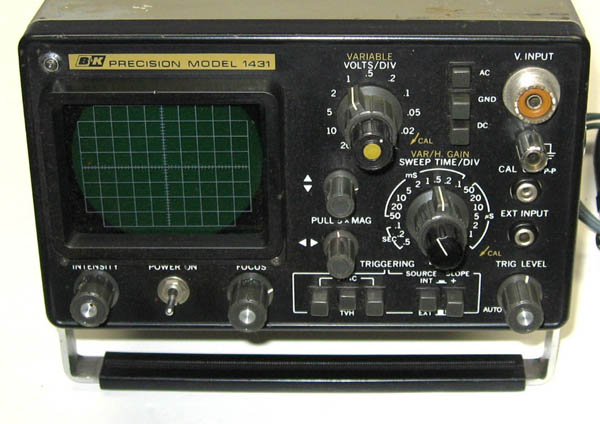That terminal is the case-ground of the oscilloscope.
Assuming your oscilloscope is using a three-pin plug, it is connected through the device's power-cord to ground.
It's generally used for controlling your ground-current routing, when you are trying to make high-precision measurements, which normally involves an isolation transformer (or several).
Assuming your bench is properly grounded, I don't see any issue with connecting your anti-static wrist-band to it. Do make sure that there is some resistance in the cable for your wrist-band, (I think ~1MΩ is common).
Otherwise, you will not only potentially damage anything with a static charge (you need to bleed off a static charge slowly), but in the case of any incident where you accidentally contact a high-voltage, through you you will be the shortest path to ground.
For what it's worth, you can use the oscilloscope's internal power supply as a poor-man's isolation transformer by cutting the ground lead on a power cable. This causes the whole scope to float, electrically, so you can measure with the scope-ground connected to a voltage rail without grounding the rail.
However, be extremely careful if you do this, as any fault on the non-isolated side of the scope's internal power supply could cause mains voltage to be applied to the scope local ground (and through this, your device, and potentially you).
I've done it, but it's kinda one of those areas where, unless you know enough to understand the risks (and therefore would not be asking this question), you should probably use a proper isolation transformer if you wind up needing one.





